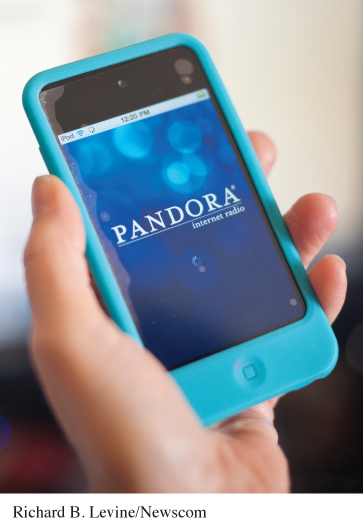PART I

Producing Data
You and your friends are not typical. What you listen to on the radio or on music streaming sites like Pandora is probably not what we listen to. Of course, we and our friends are also not typical. To get a true picture of the country as a whole (or even of college students), we must recognize that the picture may not resemble us or what we see around us. We need data. Data from Nielsen (a consumer research firm) for April 15, 2015, show that the most popular radio formats for millennials (ages 18–34) are pop contemporary hit radio (12.8% of listeners) and country (9.0% of listeners). If you like hot adult contemporary (7.5% of listeners) and we like classic rock (4.8% of listeners), we may have no clue about the tastes of radio audiences as a whole. If we are in the broadcasting business, or even if we are interested in pop culture, we must put our own tastes aside and look at the data.
You can find data in the library or on the Internet (that’s where we found the radio format data). But how can we know whether data can be trusted? Good data are as much a human product as wool sweaters and tablet PCs. Sloppily produced data will frustrate you as much as a sloppily made sweater. You examine a sweater before you buy, and you don’t buy if it is not well made. Neither should you use data that are not well made. The first part of this book shows how to tell if data are well made.